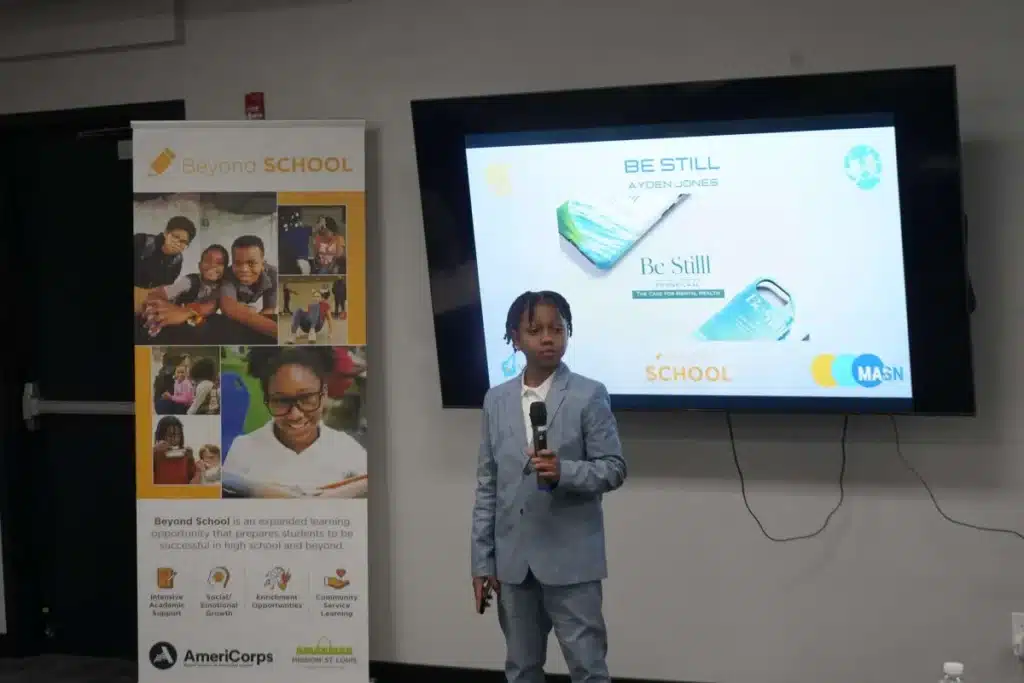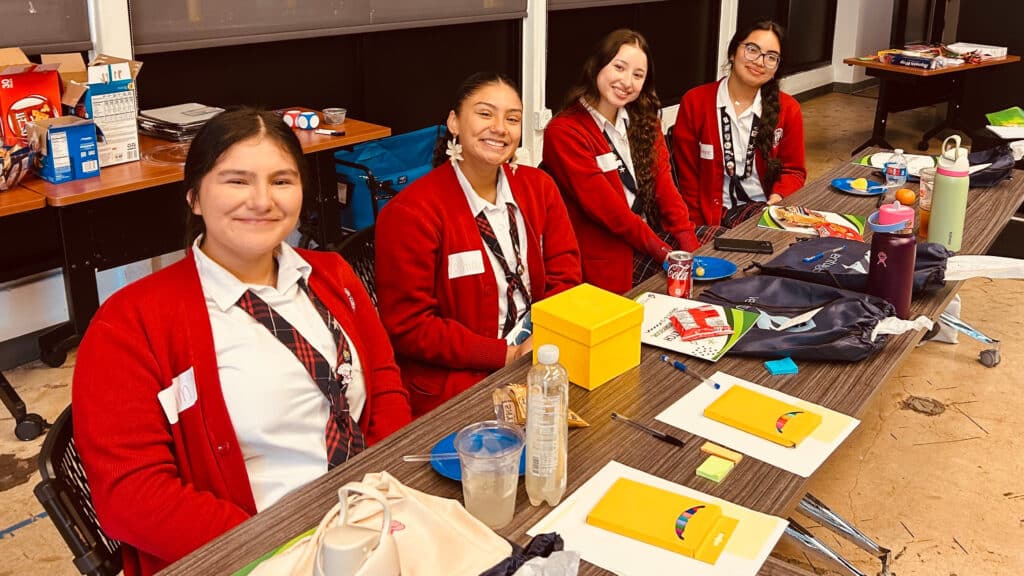“It took me four years to paint like Raphael but a lifetime to paint like a child,” Pablo Picasso once said.
Too often, children lose the confidence to follow their interests because of an educational system that is test-obsessed and focused on correct answers instead of creative problem-solving.
The loss can be gradual, subtle and inexorable. It can be a “suggestion” to a preschooler to add something to her work of art or to color within the lines. It seems innocent enough, but the subliminal message conveyed? That her art isn’t good enough without correction. The crushing of children’s creativity starts pre-kindergarten.
Entrepreneurial education values children’s perspectives. Their projects are not criticized, nor are their simple approaches belittled. Instead, teaching entrepreneurial skills to young girls brings to mind Steve Jobs’ approach to design: “Simplicity is the ultimate sophistication.” Sometimes we as adults need to trust the process and stop hovering so that girls have the space and freedom to develop their ideas.
Entrepreneurial classes for girls ages 5 to 7 are not so different from classes for older kids. The emphasis is on creative problem-solving, and the fundamentals don’t change. We walk them through the scientific process when they’re 5 years old so that they can later practice and master:
- Identifying problems or frustrations
- Brainstorming solutions and selecting one to focus on
- Conducting market research—that is, asking friends and parents for reactions
- Building and testing prototypes
- Developing marketing and advertising
- Pitching their product to prospective users and investors
It’s so rewarding to witness the scientific process that leads children to develop an entrepreneurial mindset. Even at such a young age, girls can develop a tireless, dogged, sunny determination to see their projects through.
One of my favorite warm-up activities is called “When Pigs Fly.” It describes a seeming impossibility, so it’s a funny way of saying that something will never happen. But what if pigs could fly?

Many older students have heard the idiom, while most 5-year-olds haven’t. But that doesn’t stop these 5-year-olds from thinking about it seriously. On Day One of an entrepreneurial-learning class, we challenge children working in groups of twos and threes to come up with as many ways that they can think of where pigs could fly.
Remarkably, these 5-year-olds begin to generate ideas before we can grab our pencils to jot them down: Catapult the pig. Tie a rocket to it. Drop it from a diving board. Fuse it with a bird and splice the genes. Put it on a roller coaster. Send it up in a plane. Drop it with a parachute. Attach helium balloons. Send it to the moon.
Altogether, a class of young children might come up with 30, 40 even 60 or more ideas. They learn that it doesn’t matter if the ideas themselves are impractical. It’s about generating ideas!
Every child can participate, including the timid ones and wallflowers. So on their very first day of class, these children practice valuable entrepreneurial skills: learning to brainstorm without judging or eliminating, listening to others’ ideas and contributions, piggybacking on ideas, thinking creatively, approaching the “impossible” with a sense of possibilities, and collaborating as a team.
At the end, these children are thrilled to learn that this is the very same activity assigned to older kids, and even to teachers who are in training to teach the course—and the 5-year-olds are surprised and delighted to learn that they have just as many or more ideas than grown-ups have.
I’d love to hear your experiences with the girls in your life, about the surprising inventions they come up with to solve even the most imaginary of questions. Thank you for sharing.




